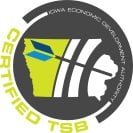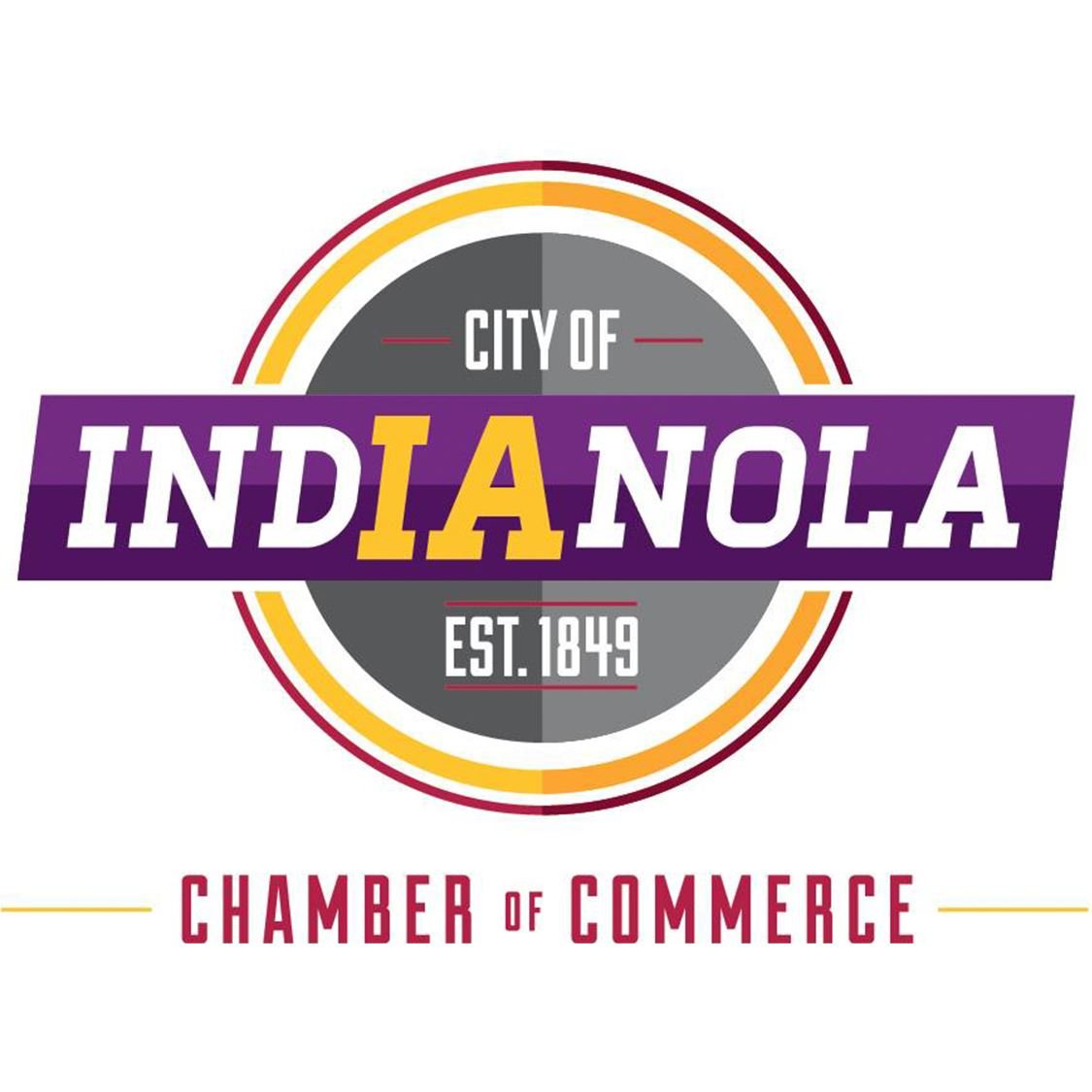One Thing At A Time
We’ve all come face-to-face with the dilemma of having too much to do in too little time. Your Clear Next Step even has a blog for what to do when there really is too much: One Too Many. A daunting list can have you feeling overwhelmed, frustrated, or exhausted. Things need to get done, but how do you tackle such a scary task? The answer: one thing at a time.
The benefits of prioritization could seem like no-brainers:
- You’ll have a better handle on your to-do list,
- This reduces stress and helps you feel refreshed and focused,
- It leaves you with more time to do what you want to do,
- And I’m sure you could think of a couple more!
But that raises another question: how do I know what to do first? This is where prioritization comes into play. You place a certain degree of emphasis on a task, and the level of priority or urgency drives your action. But what does that really look like, and how do I do that?
There are many ways to think about and categorize your various tasks. What has the closest deadline? Does the task require a lot of time to complete? Is there anything that could be done in a few minutes, something quick and easy to check off? Let’s take a look into these suggestions.
Weighing Cost and Benefits
A California Coast University article suggests ranking your tasks based on the amount of cost and desirable benefits. There are a few different categories to group your tasks into:
-
Low cost + high benefit
- These are the sorts of tasks that would be quick and easy to complete. They don’t require a lot of brainpower or effort, and you won’t be spending hours trying to complete them. An example of this might be sending an email with important details regarding an upcoming work event. It’s low cost because it doesn’t usually take much to compile dates, times, or activity descriptions. The outcome is highly beneficial because it could lead to positive feelings about the event and greater turnout!
-
High cost + high benefit
- This kind of task is crucial to the success of a project, business/organization, and the like. It’s easy to tell if they are important by the amount of dollar signs, the type of personnel attached, or the expected impact of its completion. For example, you’re in charge of leading a multi-million dollar project that will improve the customer experience in using a particular program. These tasks are good to break down into smaller parts - in other words, lower the cost - but be careful not to compromise the benefit.
-
Low cost + low benefit
- These are the lowest priority tasks. The amount of urgency attached to them is low, so it’s okay for them to fall farther back in line. This doesn’t mean to disregard the task as a whole (if it made it onto your to-do list, it’s still important enough to be on your mind and be completed), but it’s a task to pick up when there’s not much else to do. This kind of task could also be saved for those times when you need a brain break - take a few minutes to switch gears from something a little heavier into this task.
-
High cost + low benefit
- This type of task should induce a pause for reflection. Does the task belong on your to-do list? What value would it bring? Would it be using up valuable resources, pushing a higher priority task further down the list unnecessarily? If it’s decided the task does need to be completed, brainstorm potential ways the cost could be reduced. Are there less expensive vendors that can be explored? Are the right people on the project - meaning, is there anyone working on it that could be providing more value somewhere else?
The Haves
Another way to break down your tasks is by categorizing them as Must-Haves, Should-Haves, Good-to-Haves, as explained by Lifehack.
-
Must-Haves
- These are the critical tasks. They are crucial to the success of your project, your organization, etc., you simply could not do without them. For example, if you’ve attended a YCNS training, you most likely received materials of some kind - whether that was a physical or downloadable workbook or handout, etc. It is a must-have to create, prepare, and distribute these materials to our attendees. They are essential to our training for participation, retention, and marketing. Without them, the business simply wouldn’t flourish as well as it has.
-
Should-Haves
- These tasks are still important, but if it really came down to it, you could do without them. One thing YCNS does on the back-end of a training is collect and record attendees’ feedback. Now, paying attention to participant feedback isn’t necessary - the fabric of the operation wouldn’t tear apart without it. But, would the organization improve its content or facilitation effectiveness as adequately? Would we be able to build or strengthen participant and client relationships as successfully? Probably not.
-
Good-to-Haves
- These are optional that won’t affect the outcome of the project, goal, or business. Activities for the sake of fun - such as decorating for the holidays - fall into this category. While this activity is a good way to make the office feel more festive and joyful, it isn't a survival necessity. Spending time to decorate for the holidays is a great service and can brighten someone’s day - all good things - but this isn’t the task to put above processing payroll or responding to client emails.
These are two possible, and hopefully helpful, ways to prioritize your time and energy. Your Clear Next Step also offers a tool - the Prioritization Quick Filter - you can use it to learn how to spend the right amount of time on the things that matter most. Take a look at this blog, 3 Tools to Help Improve Your Time Management, to read more about the tool, as well as two other prioritization tools.
What prioritization tips do you have to share? How have you used prioritization to make your day even better? Let us know in the comments!








